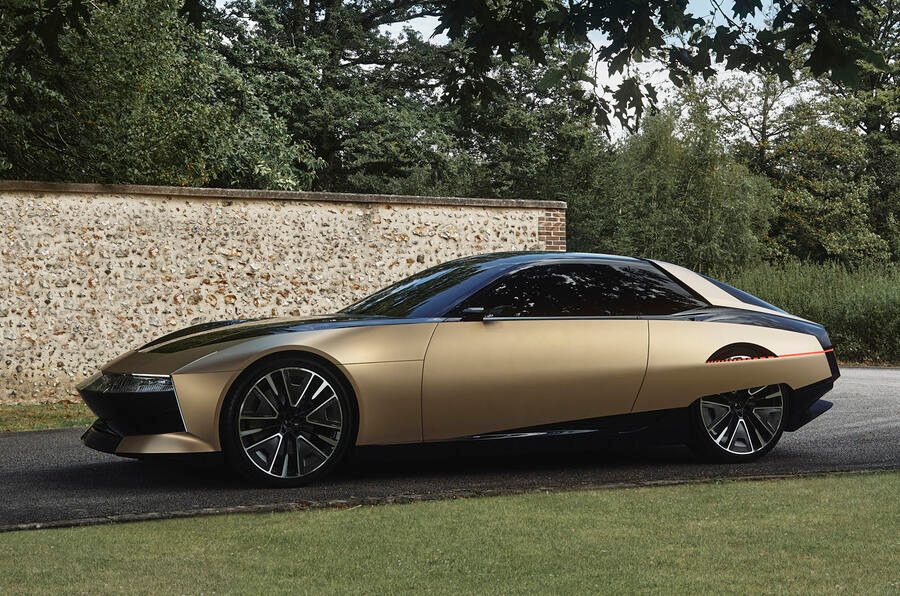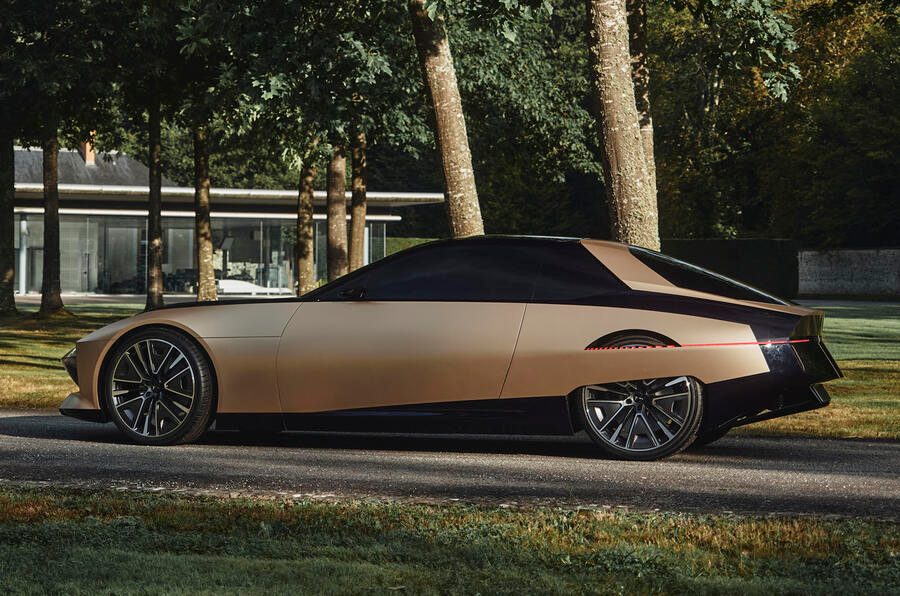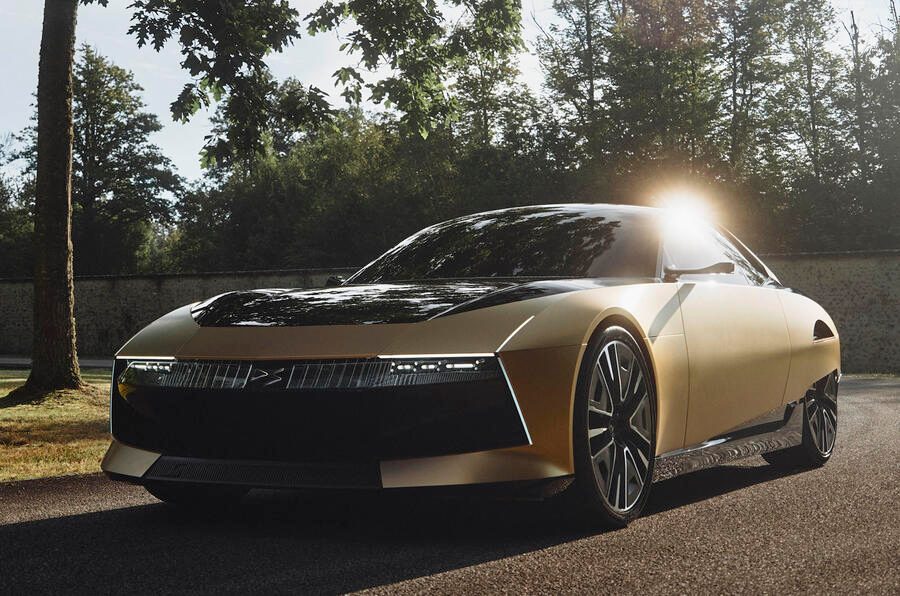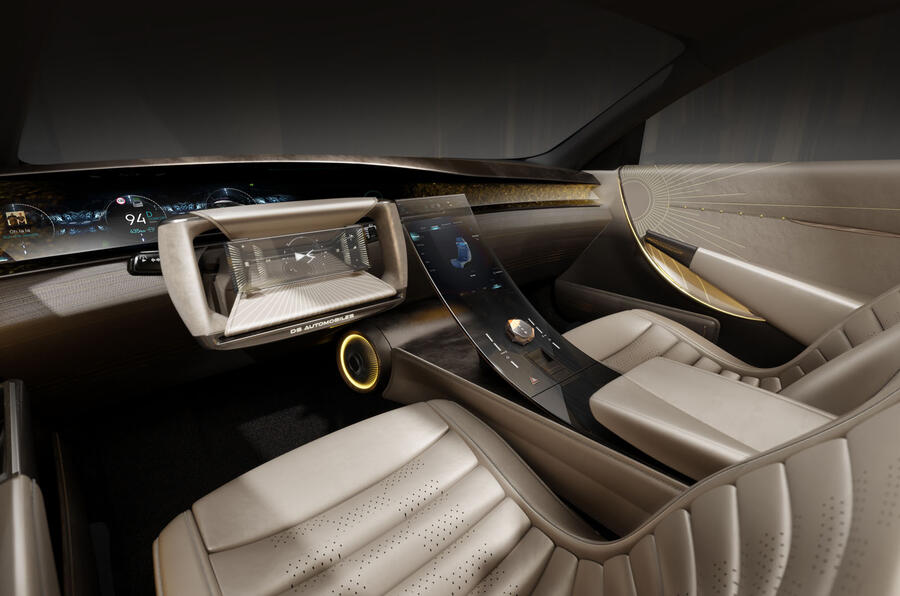DS Turns Ten and Revives Citroen SM Memories
Words NZ Autocar | Images Autocar UK
Citroen’s upmarket DS sub-brand has celebrated a decade of survival by reimagining the SM luxury GT as a future-looking concept.
With aero-sleek bodywork and a helmet-like face, its silhouette reminds of the original 1970s Citroen SM. It features removable rear wheel spats to aid airflow. There’s even Gold Leaf paintwork which was popular in the 70s.

While it might seem like a flight of fancy, the tech-heavy concept actually previews the brand’s future design direction.
The SM is a creature of the late 1960s, designed as a sporting replacement for Citroën’s flagship DS. It featured novel engineering at the time, including swivelling headlights, variable-assist power steering, rain-sensitive wipers and inboard front brakes. It was also one of the most comfortable and quickest cars of its time, not to mention the most aerodynamic.

So the new SM concept retains the low, sleek coupé look, with a long bonnet and a sharply angled front end. At almost 5m long and 2m in width, it is similar in size to the original. However, the concept sits 35mm closer to the ground for added efficiency.
A special feature harking back to the original is the wraparound cover for the headlights and number plate. On the concept this is a 3D screen that serves as a light bar.

DS hasn’t indicated which features will be carried through to production cars. But the distinctive three-spoke light signatures, the aero-optimised rear-view cameras and the large air-channeling bonnet vent are possibilities.
The instruments pay homage to the original SM while hinting at the future as well. Seats have horizontally striped cushions like the original. Novelties include a projection display for the infotainment, a curved gauge cluster and a by-wire steering wheel.

No details on drivetrain were available but a V6 is unlikely, an electric drive system an almost certainty.
DS is launching two mid-sized premium cars in 2025, one an SUV and the other a high-riding saloon that will replace the DS 9.
Both will utilise the Stellantis STLA Medium architecture, which is designed for plug-in hybrid and electric powertrains.





